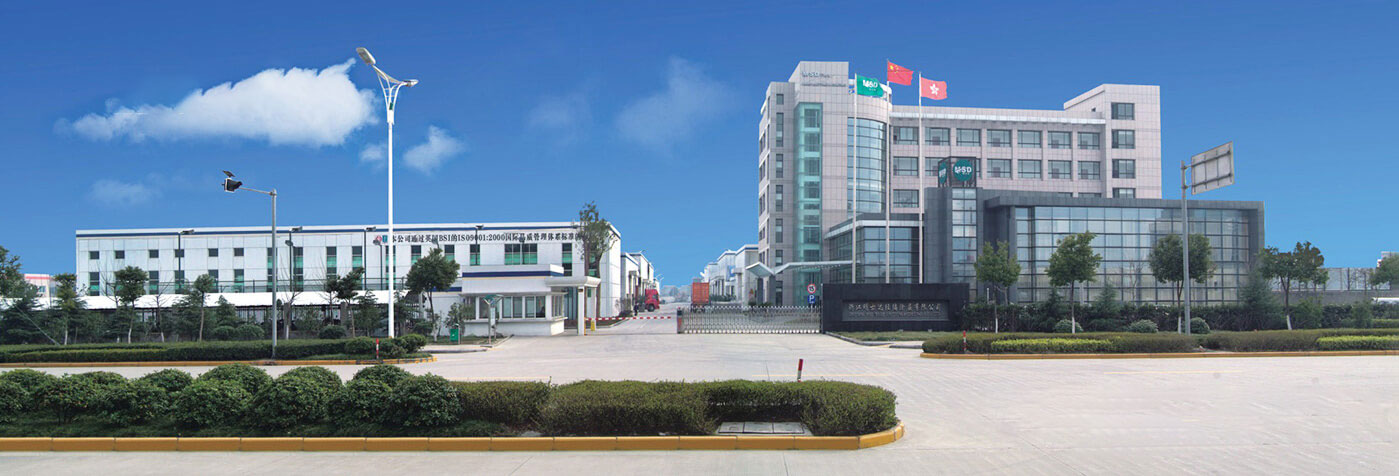How to Choose PVC Front Projection Film? Comparing Front, Rear, and Ambient Light Rejecting (ALR) Films
PVC front projection film is a specialized screen material designed for front projection, offering high reflectivity, wide viewing angles, and resistance to ambient light. It is widely used in commercial displays, education, home theaters, and more.
Key Selection Factors
Gain Value: High gain (>1.0) enhances brightness but may reduce viewing angles.
Viewing Angle: Wide angles (160°+) suit group viewing, while narrow angles are better for fixed seating.
Ambient Light Resistance: Special coatings minimize glare and improve contrast.
Installation Method: Rigid (fixed frame) or flexible (curved surface applications).
2. Front Projection Film vs. Rear Projection Film
| Comparison |
Front Projection Film |
Rear Projection Film |
| Projection Method |
Projector & viewer on the same side |
Projector behind the screen |
| Brightness |
Depends on ambient light control |
Less affected by ambient light |
| Space Required |
Space-saving, ideal for small areas |
Requires rear space for projector |
| Best For |
Meeting rooms, retail displays, home theaters |
Exhibitions, digital signage, stage backdrops |
| Cost |
Generally lower |
Higher (requires high-transparency materials) |
Recommendation:
Front projection film is best for budget-conscious, space-limited setups.
Rear projection film suits high-brightness, professional installations.
3. Special Applications of Ambient Light Rejecting (ALR) Film
ALR film is an advanced version of front projection film. Its optical structure reflects projected light while absorbing ambient light, making it ideal for bright environments (e.g., shopping malls, storefront displays).
ALR Film vs. Standard Front Projection Film
Ambient Light Resistance: ALR maintains clarity even in bright lighting.
Viewing Angle: Typically narrower (<120°), optimized for head-on viewing.
Price: Higher cost, but justified for premium commercial use.
FAQ
1. Can PVC front projection film be used outdoors?
Yes, but only with weather-resistant coatings. Standard films may degrade under UV exposure. For long-term outdoor use, choose UV-stabilized or anti-glare variants.
2. Which is better for bright rooms: ALR film or rear projection film?
ALR film is ideal for bright rooms as it rejects ambient light. Rear projection works best in controlled lighting but requires more space behind the screen.
3. How do I clean PVC projection film without damaging it?
Use a microfiber cloth with mild soapy water. Avoid alcohol-based cleaners or abrasive materials, as they can scratch or dull the film’s surface.
-2-1.png?imageView2/2/format/jp2)


 English
English 中文简体
中文简体 русский
русский Español
Español Français
Français عربى
عربى





